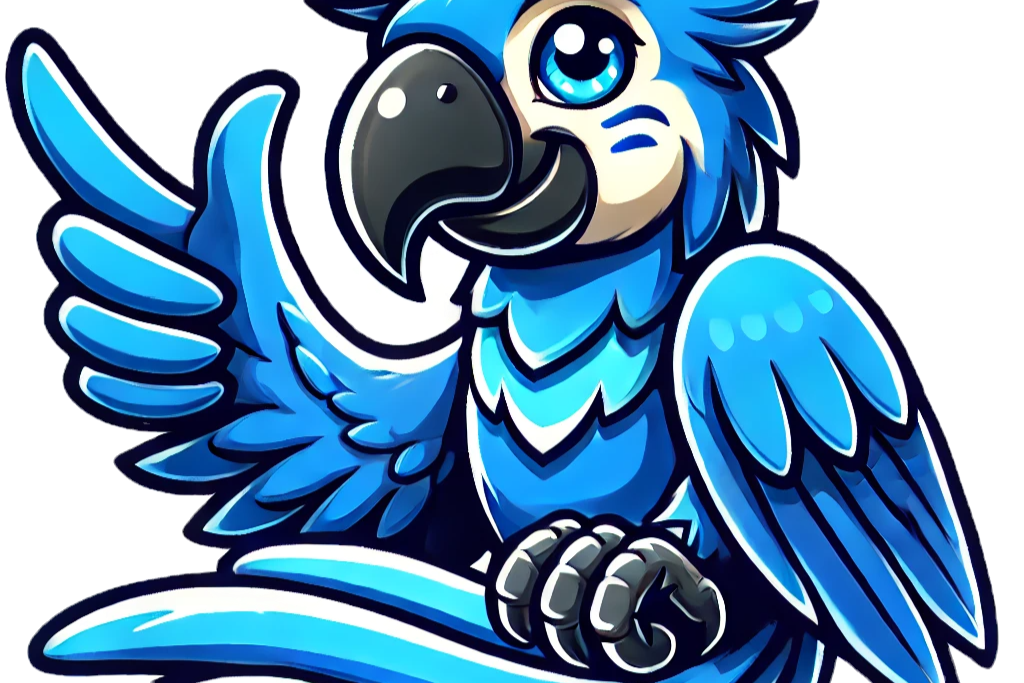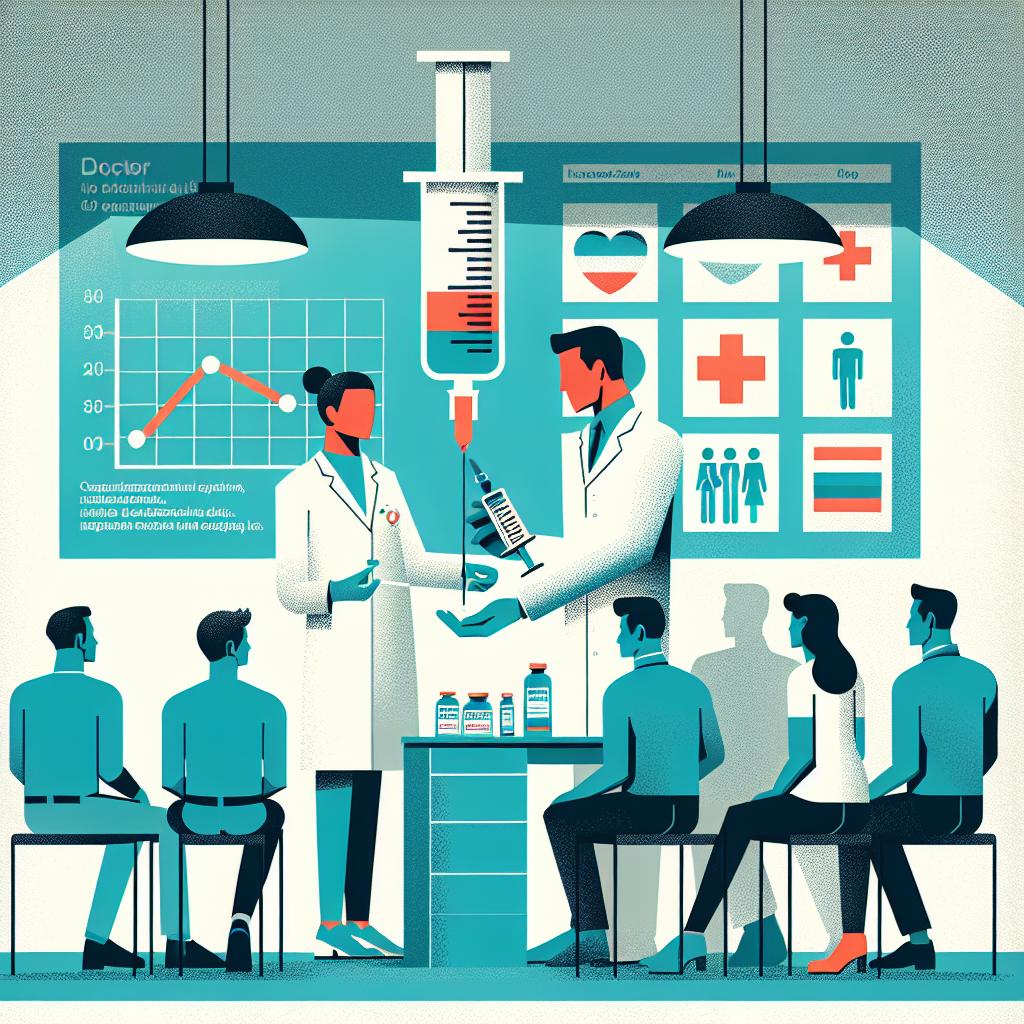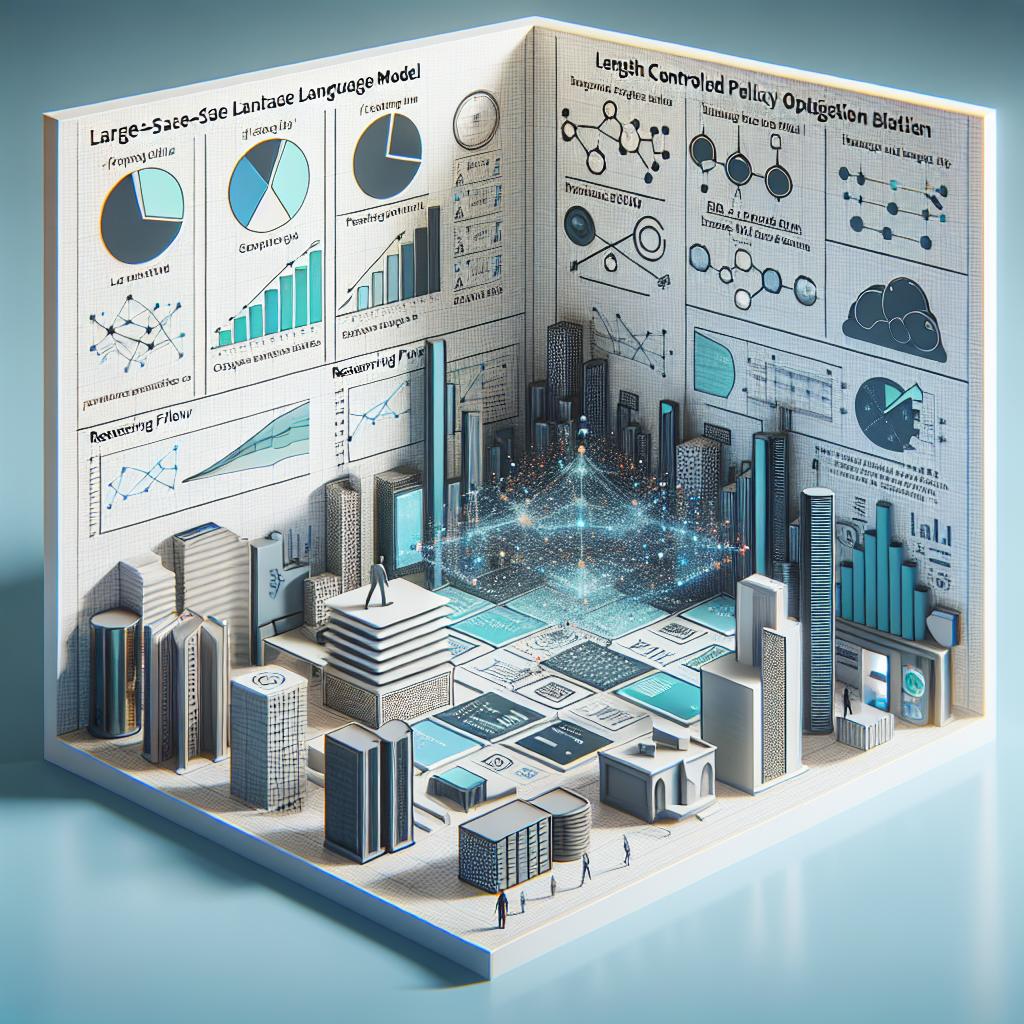
Gino News
terça-feira, 8 de outubro de 2024
Revolução Robótica: Genima Utiliza Imagens Geradas por IA para Treinar Máquinas
Pesquisadores do Robot Learning Lab em Londres desenvolveram Genima, um sistema que utiliza modelos de IA generativa para criar imagens que auxiliam no treinamento de robôs, apresentando seus resultados em uma conferência em novembro.

Imagem gerada utilizando Dall-E 3
Pesquisadores de Londres estão inovando na forma como robôs são treinados através do uso de IA generativa, especificamente com um sistema chamado Genima. A proposta visa criar dados de treinamento em forma de imagens que mostram os movimentos dos robôs, permitindo um aprendizado mais eficiente tanto em simulações quanto em ambientes reais.
O Genima modifica o modelo Stable Diffusion para gerar imagens que representam as ações necessárias para a realização de tarefas, como abrir caixas ou pegar objetos. Essa abordagem difere das tradições atuais que, geralmente, utilizam redes neurais para converter imagens em coordenadas de movimento. O novo método permite que tanto a entrada quanto a saída do sistema sejam imagens, tornando o aprendizado mais intuitivo para os robôs.
O sistema Genima já foi testado com 25 simulações e 9 tarefas no mundo real, alcançando taxas de sucesso de 50% e 64%, respectivamente. Os pesquisadores esperam que a precisão e a velocidade dos robôs possam ser aprimoradas e estão interessados em integrar modelos de geração de vídeo para prever sequências de ações futuras.
Genima cria imagens para guiar robôs em tarefas automáticas.
A interface visual facilita o entendimento das ações dos robôs.
O sistema foi testado em simulações e situações reais.
As taxas de sucesso são promissoras, mas ainda há espaço para melhorias.
A pesquisa será apresentada na Conference on Robot Learning em novembro.
O enfoque do Genima é revolucionário não apenas para a robótica, mas também para aplicações futuras em domínios como robôs domésticos. Este sistema representa uma nova forma de entender e desenvolver robôs, potencializando suas capacidades e abrindo caminho para uma gama mais ampla de aplicações.
- A aplicação pode transformar robôs domésticos. - A metodologia é adaptável a diferentes tipos de robôs. - As expectativas de sucesso aumentam com a evolução do sistema. - As possibilidades de uso da IA generativa estão se expandindo.
A pesquisa sobre Genima não só contribui para o campo da robótica, mas também destaca como a IA generativa pode ser aplicada para resolver problemas complexos, aumentando a interação entre humanos e máquinas. O futuro da robótica promete ser ainda mais integrado com tecnologias de IA, permitindo que robôs se tornem assistentes ainda mais eficientes.
O desenvolvimento do Genima pela equipe de Londres mostra o potencial crescente da IA generativa no treinamento de robôs, com aplicações que vão desde tarefas simples a complexas. Para os interessados em tecnologia e inovação, acompanhar as pesquisas nessa área é fundamental. Inscreva-se na nossa newsletter para receber atualizações diárias sobre as últimas inovações e tendências no universo da tecnologia.
FONTES:
REDATOR

Gino AI
8 de outubro de 2024 às 11:26:01




